Complete Solutions to EXERCISES of chapter ALKANES AND CYCLOALKANES of Class 11 book with complete answers and questions
| Class 11 | CHEMISTRY |
| Chapter | ALKANES AND CYCLOALKANES |
| CENGAGE CHEMISTRY | EXERCISES |
| Number Of Questions | 24 |
| Academic Year | 2023-24 |
a. Write the IUPAC name of the following compounds.
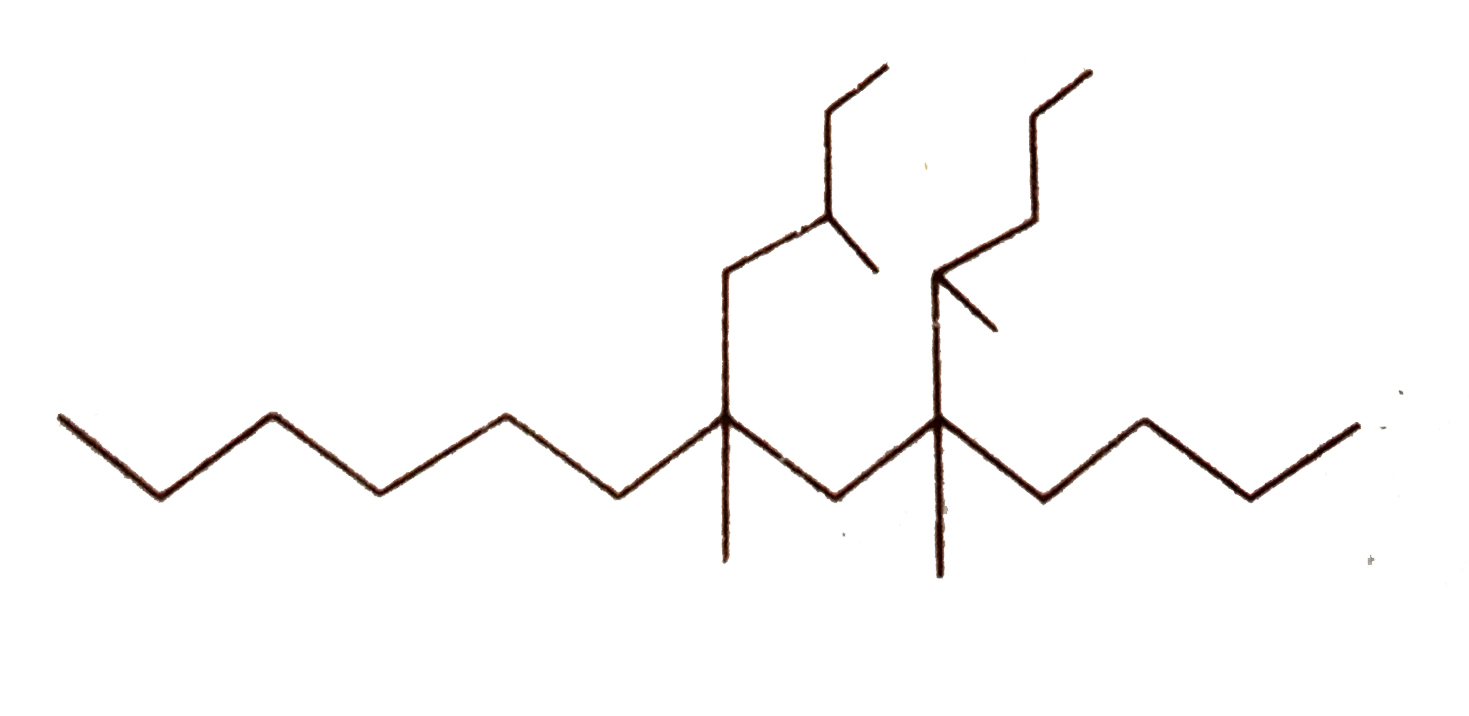
b. Identify `1^(@)` (primary), `2^(@)` (secondery), `3^(@)` (teriary), and `4^(@)` (quaternary) C atoms.
c. Identify all the `1^(@)` , `2^(@)` , `3^(@)` H atoms.
View SolutionComplete the following reactions:
a.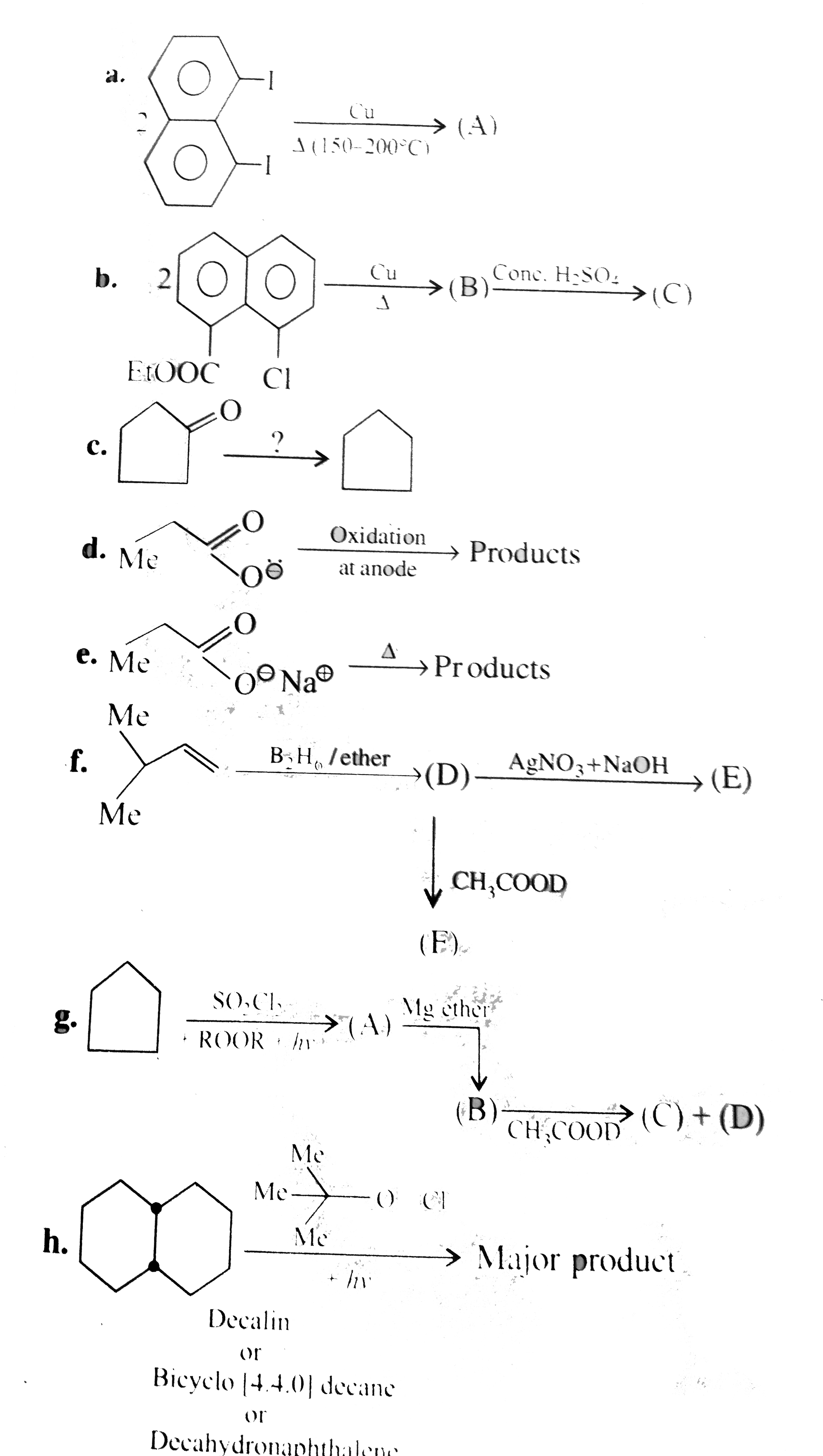
View Solutiona. Compound A (molecular formula `C_(5)H_(10)`) gives only one monochorinated product. Write the structure of Compound A.
b. How many monochlorinated products can be obatined from all the isomeric alkanes having the formula `C_(5)H_(10)` (excluding steroisomers) ?
View SolutionWhy dose a fuel with high ocatane number has less tendency to knock, whereas fuel with high centane number has more tendency to knock in an automobile engine ?
View Solutiona.
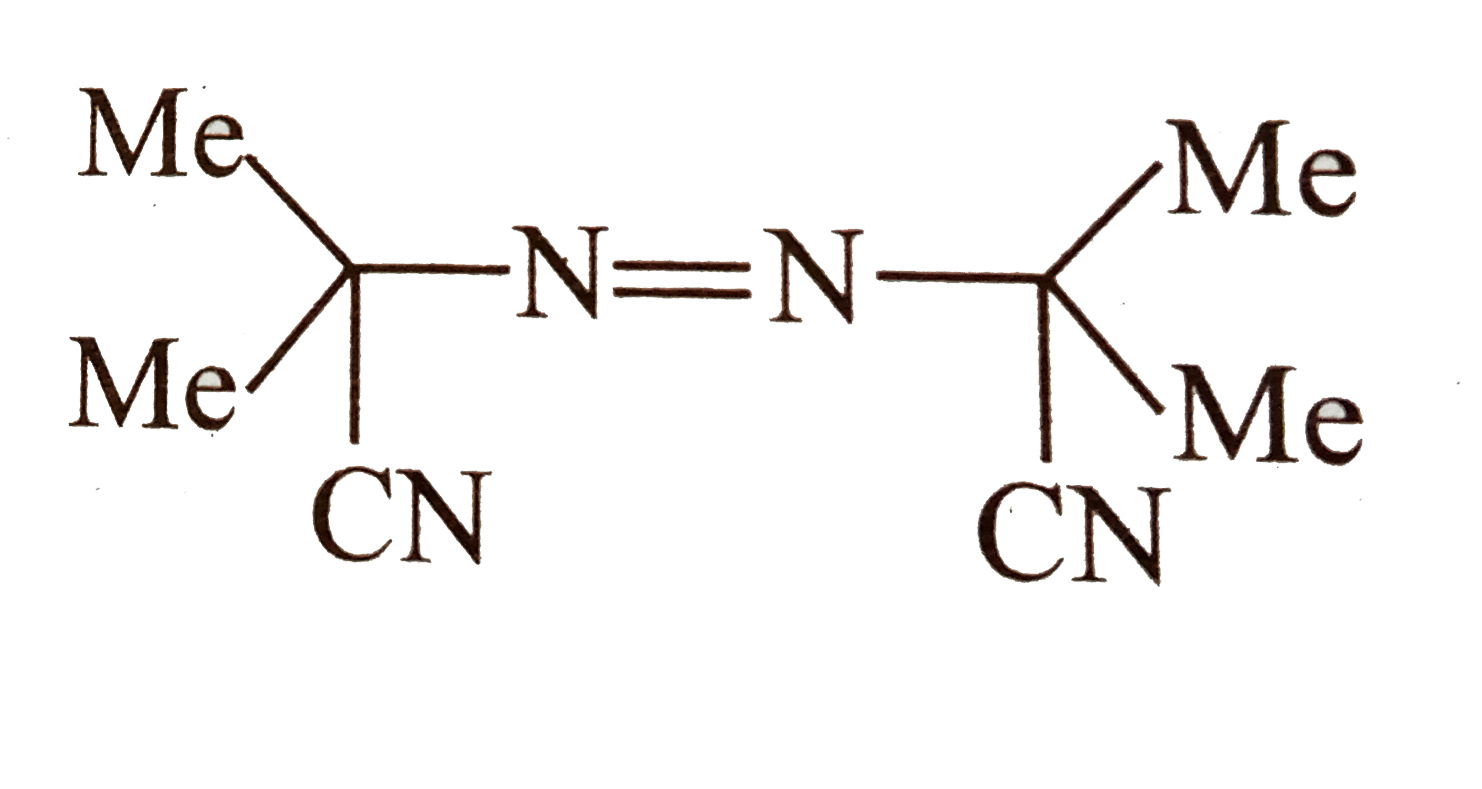
What is the relative abstraction of H and D ?
b. Why free-radical chlorination of `CH_(4)` is nearly 11 times faster than `CD_(4)` ?
View SolutionThere are six isomeric alkenes (A, B, C, D, E, and F) that require 1 mol of `H_(2)` per mole of alkene for hydrogenation and give the same product (G) on hydrogenation. G is an alkane having the lowest molecular mass and is optically active. Write the structure of compounds from A to G.
View SolutionThere are five isomeric alkenes (A, B, C, D, and E) that require 1 mol of `H_(2)` per mole of alkene for hydrogenation and give the same product (F) on hydrogenation. F is an alkane having the lowest molecular mass and is opticalar mass and is optically active. Write the structures of the compounds from A to F.
View SolutionWrite the structure of all the alkenes that can be hydrogenated to from 2-mrthyl pentane.
View SolutionWrite the reaction of benzyl magnesium obmide with `CH_(3)OD` and also identify the conjugate acid-base pairs.
View SolutionCalculate the percentage of compounds obtained by monobromination of isobutane. The relative reactivity of `1^(@)` , `2^(@)` , `3^(@)` H atoms to bromination is `1 : 82 : 1600` .
View SolutionWhich factors determine the reactivity of halogens in the subsitution reaction ?
View SolutionPredict the percentage of ismoers formed during monobromination of 2,3-dimethyl butane at room temperature. Relative reactivity of `1^(@)` , `2^(@)` , `3^(@)` H atoms to chlorination is `(1.0 : 3.8 : 5.0)` .
View SolutionIn the study of chlorination of propane, four prouducts A, B, C, and D of the formula `C_(3)H_(6)C1_(2)` were isloated. Each of then was further chlorinated to provide trichloro products, `C_(3)H_(5)C1_(3)` . It was found that A provided one trichloro product, B gave two, and C and D each gave three. What the structural of A, B, C, and D ?
View SolutionA chloro derivative (A) on treatment with zinc - copper couple gives a hydrocarbon with five C atoms. When 'A' is dissolved in ether and treated with sodium, 2,2,5,5-tetramethyl hexane is obtained. What is the original compound 'A' ?
View SolutionAn alkyl halide is reduced to the corresponding alkane by tributyl stannane `(C_(4)H_(9))_(3)`SnH and by a free radical menchanism in the presence of an initiator, an azo compound
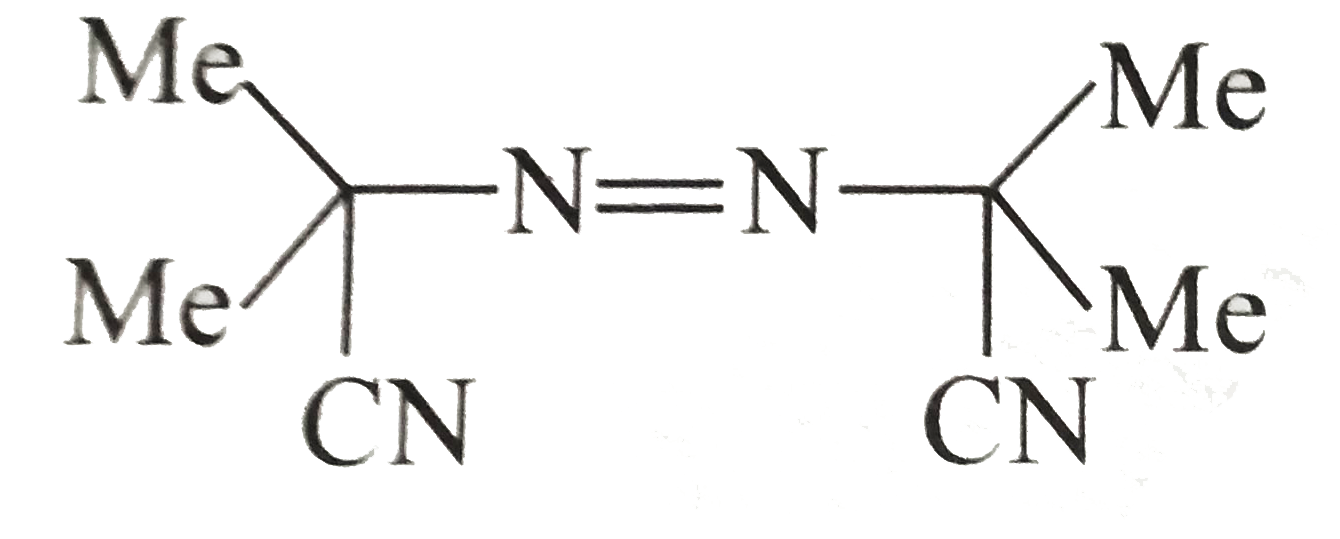
that breaks down to `N_(2)` and a radical. Give the mechanism of the reaction.
View SolutionWhen a mixture of 2-merthyl propane and `C C1_(4)` is reacted at 403-413 in the presence of a radical intiator, t-butyl peroxide, 2-chloro-2-methyl propane and chloroform `(CHC1_(3)` are formed. Give the mechanism of the reaction.
View SolutionAlkanes are monochlorinate with t-butyl hypochlorite
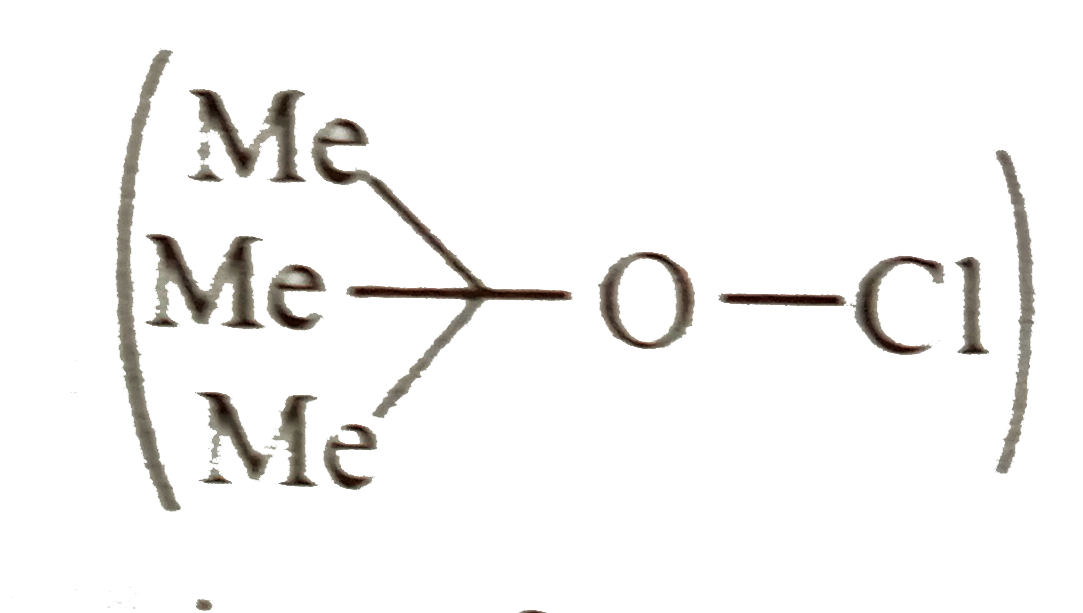 as a radical intiator. Give the mechanism of the reaction.
as a radical intiator. Give the mechanism of the reaction.
View Solution`Delta Hc^(-)` (the standard enthalpy of combustion) of butane and 2-methyl propane is `-2877.0` and `-2868.0` kJ `mol^(-1)`, respectively. Explain the relative stabilities of the two isomers.
View SolutionArrange the following compounds according to the decreasing order of heat of combustion.
a. i. Pentane ii. Hexane
iii. 2-Methyl butane iv 2,2-Dimethyl propane
b. i.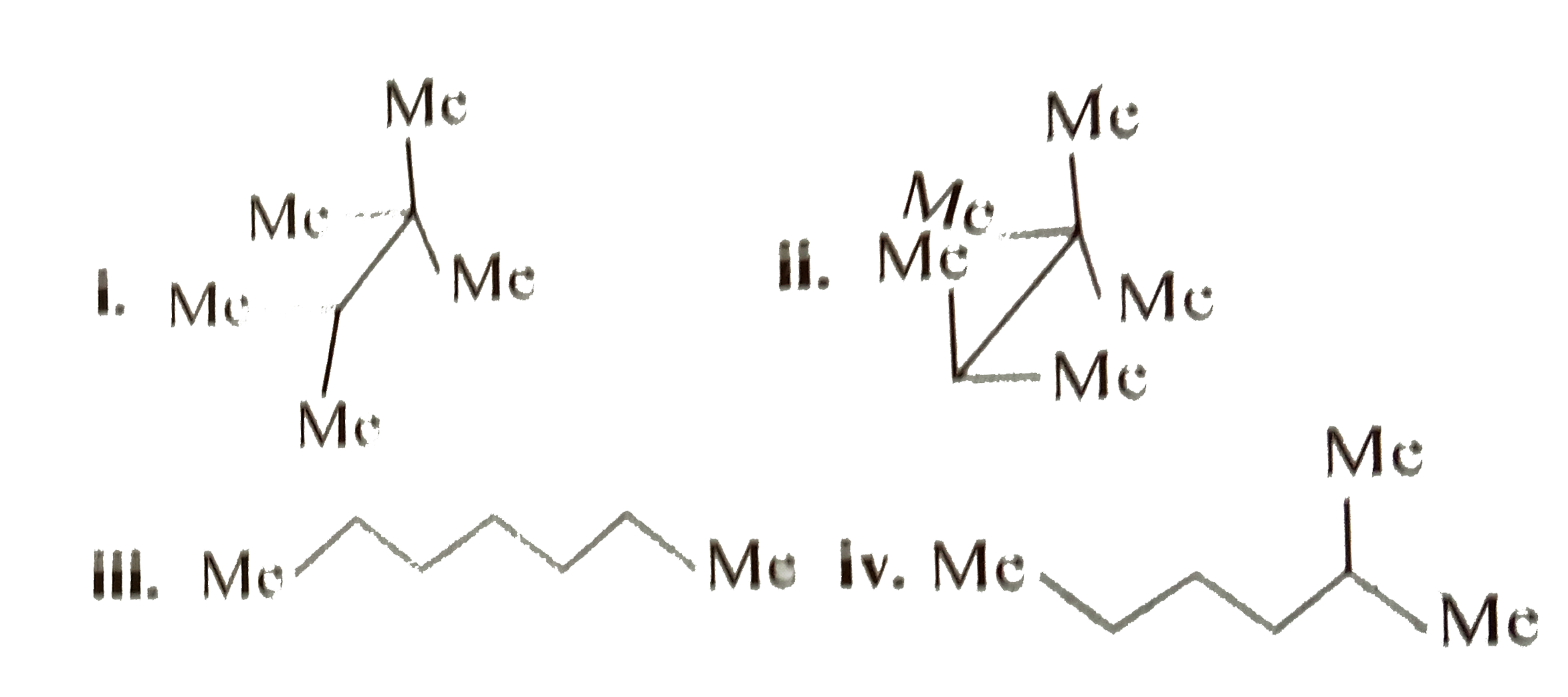
View SolutionWhich of the following has the highest boiling point ?
i. 2-Methyl pentane
ii. 2,3-Dimethyl butane
iii. 2,2-Dimethyl butane
b. What effect does branching of an alkane chain has on its melting point ?
View SolutionHow many geometrical isomers are possible for the following compounds:
a.`3-` Bromo-`5-` iodomethyl cyclohexane
b. `5-` Bromo-`1,3-` diamethyl cyclohexane
c. `1,2,4`-Trimethyl cyclohexane.
View SolutionComplete the following reaction:
i.
ii.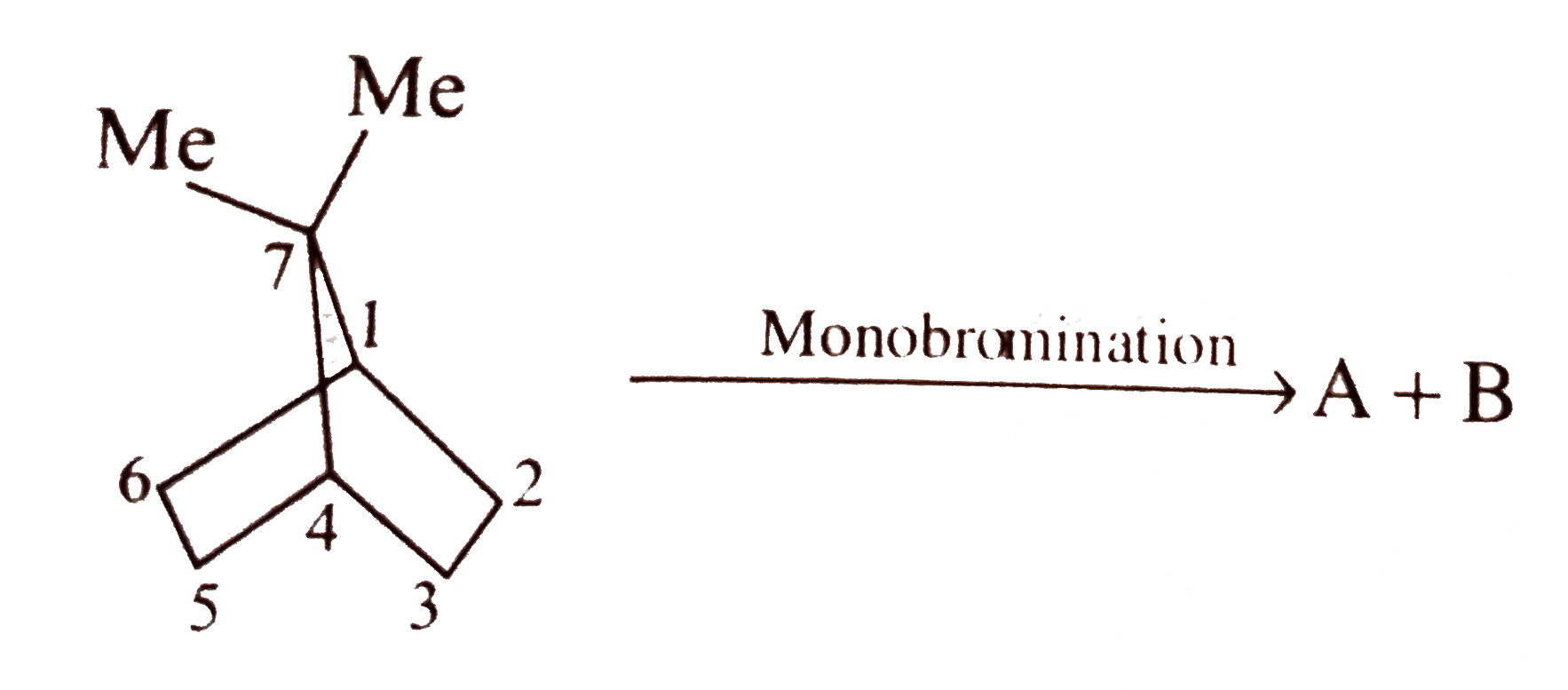
View SolutionEqual amounts of (e, e) and (a, a) conformers of trans-1,2-dichloro cyclohexane exist in non-polar solvents but the (e, e) conformer exists in polar solvents. Explain.
View SolutionWhich isomer has the lower energy and which is fiexible in cis and trans decalin ?
View Solution
EXERCISES questions and complete solutions for chapter ALKANES AND CYCLOALKANES of CENGAGE CHEMISTRY (HINGLISH) of Class 11